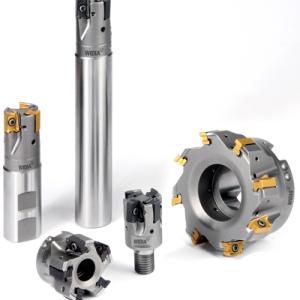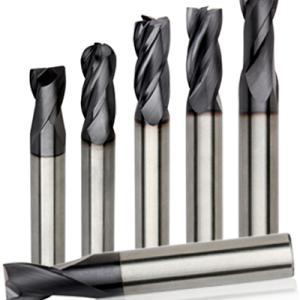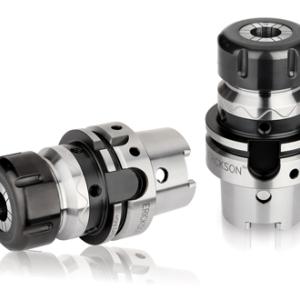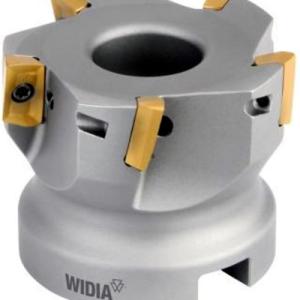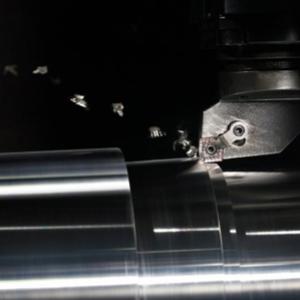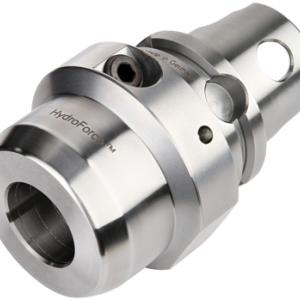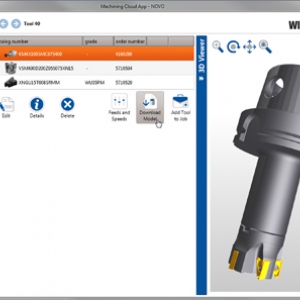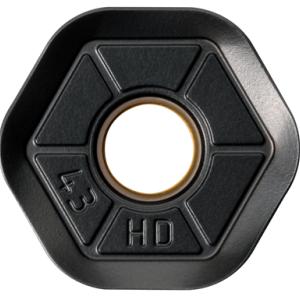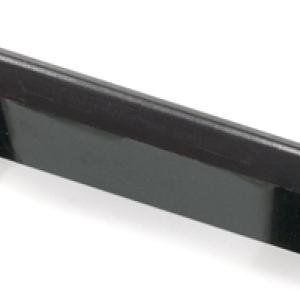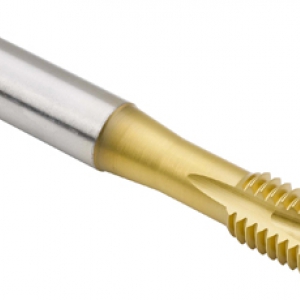Contact Details
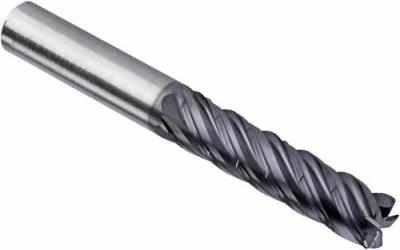
Hanita, a WIDIA brand recently released the VariMill Chip Splitter for dynamic and trochoidal milling operations in steel, stainless steel, and heat-resistant superalloys. The VariMill Chip Splitter delivers higher metal removal rate (MRR) by separating long, undesirable stringy chips from deep cavities and dynamic milling paths by cutting material into shorter, more manageable sections.
This high-performance end mill is designed with non-overlapping chip splitters along the flute cutting edges. The result is more efficient MRR, while maintaining the ability to make finishing passes. The unequally spaced design feature allows each sequential cutting edge to remove any remaining material left by the chip splitter of the previous flute. The tool’s innovative design reduces breakage and makes it versatile enough for both roughing and finishing passes.
“The Hanita VariMill Chip Splitter helps machinists cut faster and longer by enhancing the ability to flush or blow away stringy chips from deep axial cuts, without forming clumps of intertwined swarf. This is very important to avoid re-cutting of chips, which could damage the cutting edges and shorten tool life, Additionally, the ability to rough and finish with the same tool provides great benefit in cycle time and inventory management, both in the tool crib and the machine’s carousel” said Steve George, Senior Manager of Hanita Product Engineering.
VariMillTM Chip Splitter End Mills are available in 5 and 7-flute configuration in 1⁄2”-1” inch standard dimensions in both WP15E and WS15PE grades. The end mill can cut up to 4.5xD; achieving the highest feed-rate per tooth values, significant reduction in radial forces, and consequential improvements to MRR and overall tool life without compromising surface quality. The 5-flute chip splitter maximizes performance needs when machining steel materials and the 7-flute chip splitter excels in machining stainless steel, and heat-resistant superalloys such as 17-4PH, inconel and titanium.
Related Glossary Terms
- gang cutting ( milling)
gang cutting ( milling)
Machining with several cutters mounted on a single arbor, generally for simultaneous cutting.
- milling
milling
Machining operation in which metal or other material is removed by applying power to a rotating cutter. In vertical milling, the cutting tool is mounted vertically on the spindle. In horizontal milling, the cutting tool is mounted horizontally, either directly on the spindle or on an arbor. Horizontal milling is further broken down into conventional milling, where the cutter rotates opposite the direction of feed, or “up” into the workpiece; and climb milling, where the cutter rotates in the direction of feed, or “down” into the workpiece. Milling operations include plane or surface milling, endmilling, facemilling, angle milling, form milling and profiling.
- milling machine ( mill)
milling machine ( mill)
Runs endmills and arbor-mounted milling cutters. Features include a head with a spindle that drives the cutters; a column, knee and table that provide motion in the three Cartesian axes; and a base that supports the components and houses the cutting-fluid pump and reservoir. The work is mounted on the table and fed into the rotating cutter or endmill to accomplish the milling steps; vertical milling machines also feed endmills into the work by means of a spindle-mounted quill. Models range from small manual machines to big bed-type and duplex mills. All take one of three basic forms: vertical, horizontal or convertible horizontal/vertical. Vertical machines may be knee-type (the table is mounted on a knee that can be elevated) or bed-type (the table is securely supported and only moves horizontally). In general, horizontal machines are bigger and more powerful, while vertical machines are lighter but more versatile and easier to set up and operate.
- superalloys
superalloys
Tough, difficult-to-machine alloys; includes Hastelloy, Inconel and Monel. Many are nickel-base metals.
- swarf
swarf
Metal fines and grinding wheel particles generated during grinding.

